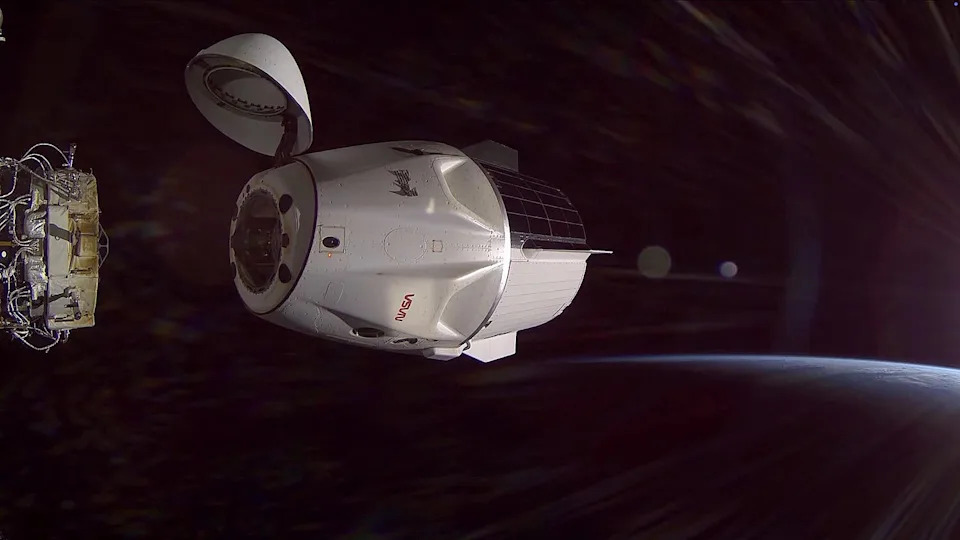Crew 10 Mission Concludes with Pacific Ocean Return

Four members of the International Space Station’s Crew 10 embarked on their journey back to Earth Friday, undocking from the orbital laboratory and setting course for a Saturday morning splashdown in the Pacific Ocean. The return marks the conclusion of a 148-day mission for commander Anne McClain, pilot Nichole Ayers, Japanese astronaut Takuya Onishi, and cosmonaut Kirill Peskov.
The crew bid farewell to their colleagues aboard the station before transferring to the SpaceX Crew Dragon Endurance spacecraft. Undocking occurred at 6:15 p.m. Eastern Time. The capsule is scheduled to re-enter the Earth’s atmosphere Saturday morning, with a targeted splashdown off the southern California coast around 11:33 a.m. EDT.
During a departure ceremony earlier in the week, McClain expressed gratitude for the opportunity to live and work aboard the ISS, acknowledging that such an experience might not be replicated. She also highlighted the mission’s significance as a symbol of international cooperation during challenging times on Earth.
The handover of command was formally marked with the symbolic transfer of a key from outgoing station commander Onishi to cosmonaut Sergey Ryzhikov. Ryzhikov noted the expedition coincided with significant milestones in space exploration: the 50th anniversary of the Apollo-Soyuz mission and the impending 25th anniversary of continuous human presence aboard the International Space Station. He underscored the value of international collaboration in space, contrasting it with terrestrial divisions.
Crew 10’s departure follows the arrival of their replacements, Crew 11—commander Zena Cardman, pilot Mike Fincke, Japanese astronaut Kimiya Yui and cosmonaut Oleg Platonov—on August 1 aboard the Crew Dragon Endeavour. The outgoing crew has since been assisting in the transfer of knowledge regarding station operations to ensure a smooth transition.
A delay due to high winds initially postponed the undocking from Wednesday; however, this afforded the team extra time for the handover process. The return trip to Earth is projected to last approximately 17.5 hours. At 10:39 a.m. EDT Saturday, the Crew Dragon’s Draco thrusters will fire for nearly ten minutes, reducing its velocity and initiating atmospheric entry.
The mission encompassed 2,368 orbits and a distance of 62.8 million miles since its launch on March 14. Notably, this marks the first time a NASA-sponsored crew has concluded a mission with a Pacific Ocean splashdown—previous Crew Dragon flights have landed in the Gulf of Mexico or Atlantic. This shift in landing location was implemented by SpaceX to ensure any debris from the discarded trunk section of the capsule impacts safely within the Pacific Ocean. Two previous commercial Crew Dragon missions utilized this new Pacific landing protocol, and recovery teams are positioned near the designated splashdown area awaiting the Endurance’s arrival.









